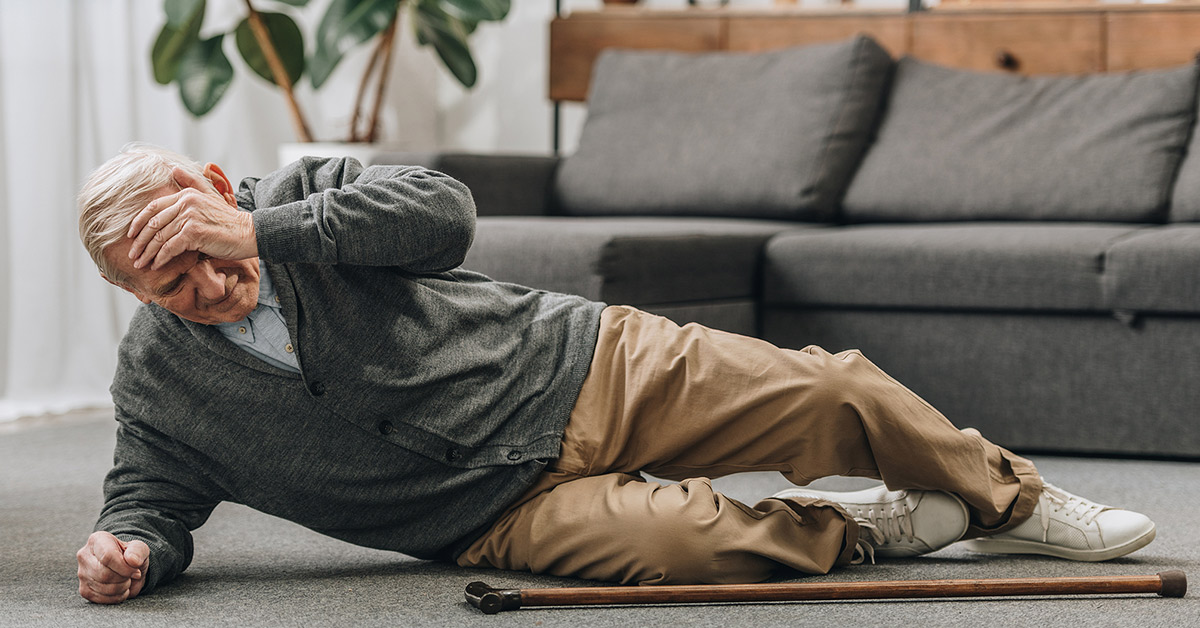In today’s world, where technology plays a crucial role in enhancing safety, the question posed is, do seniors accept fall detection devices? This question is pivotal as it reflects on the willingness of the elderly to embrace new technologies aimed at improving their safety and well-being. As family caregivers, understanding the acceptance and apprehensions of seniors towards these devices can significantly impact the decision-making process regarding their care.
Fall detection devices are a part of a broader category of safety technologies designed to assist the elderly in maintaining independence while ensuring their safety. With an aging population, these devices have gained attention, but the acceptance level among seniors varies and is influenced by several factors.

Understanding Fall Detection Devices
Fall detection devices are designed to automatically detect a fall and alert emergency contacts or services for assistance. These devices often rely on sensors and algorithms to distinguish between normal movements and falls. The main goal is to provide a safety net for seniors who live alone or are prone to falls due to health conditions.
Types of Fall Detection Devices
There are several types of fall detection devices available:
- Wearable Devices: These include pendants, watches, or belts that a senior can wear. They often come with a button to manually call for help.
- Non-Wearable Devices: These devices use sensors installed in the home to monitor movements and detect falls without needing to be worn.
- Smart Home Integration: Some devices integrate with smart home systems, using a combination of cameras and sensors to detect falls and alert caregivers.
Factors Influencing Acceptance
The acceptance of fall detection devices by seniors is influenced by several key factors:
Perceived Need
Seniors who have experienced falls or know someone who has are more likely to see the value in these devices. The perceived need is a strong motivator for acceptance.
Ease of Use
Devices that are easy to use and do not require extensive setup or maintenance are more likely to be accepted by seniors. Simplicity in design and functionality is crucial.
Privacy Concerns
Privacy is a significant concern for many seniors. Devices that require cameras or continuous monitoring might be perceived as intrusive. Solutions like camera-free fall detection can alleviate these concerns.
Cost
The cost of devices can be a barrier to acceptance. Affordable solutions or those covered by insurance are more accessible to seniors.
Benefits of Fall Detection Devices
Despite the barriers, the benefits of fall detection devices are numerous:
Increased Independence
Seniors can maintain their independence while having the assurance that help is readily available if needed.
Peace of Mind for Families
Family members and caregivers can have peace of mind knowing that their loved ones are safe and monitored. Solutions like emergency contact integration provide immediate alerts in case of falls.
Quick Emergency Response
These devices ensure that medical assistance can be quickly summoned, reducing the risk of complications from prolonged immobility after a fall.
Challenges in Adoption
While the benefits are clear, adoption challenges remain:
Technological Literacy
Not all seniors are comfortable with technology. Education and support are crucial to help them understand and use these devices effectively.
Stigma
Some seniors may feel that using such devices labels them as frail or dependent. This stigma can hinder acceptance.
Strategies to Improve Acceptance
To improve acceptance among seniors, several strategies can be employed:
Education and Awareness
Educating seniors about the benefits and functionality of these devices can reduce apprehension. Demonstrations and workshops can be helpful.
Involving Seniors in the Decision-Making Process
Allowing seniors to be a part of the selection process can increase their comfort and acceptance of the device.
Customization and Personalization
Devices that can be customized to meet individual needs and preferences are more likely to be accepted.
Conclusion
The question of do seniors accept fall detection devices is multifaceted and requires understanding the unique needs and concerns of the elderly. While there are challenges, the potential benefits are significant, offering safety and peace of mind for both seniors and their families. By addressing concerns and providing education, acceptance can be improved, allowing seniors to enjoy the benefits of this technology.

FAQ
Are fall detection devices reliable?
Yes, many fall detection devices have been proven reliable in detecting falls and providing timely alerts. However, it’s essential to choose a reputable device and ensure proper setup for optimal performance.
Do seniors feel comfortable wearing fall detection devices?
Comfort levels vary among seniors. Some may find wearable devices convenient, while others prefer non-wearable options. It’s important to consider personal preferences and comfort when selecting a device.
How can family caregivers support seniors in using fall detection devices?
Family caregivers can support seniors by providing education on the device’s use, assisting with setup, and addressing any concerns or questions the senior may have. Encouragement and patience are key.
For more information on fall prevention and safety for older adults, visit the National Institute on Aging and explore their detailed resources.
This article contains affiliate links. We may earn a commission at no extra cost to you.






